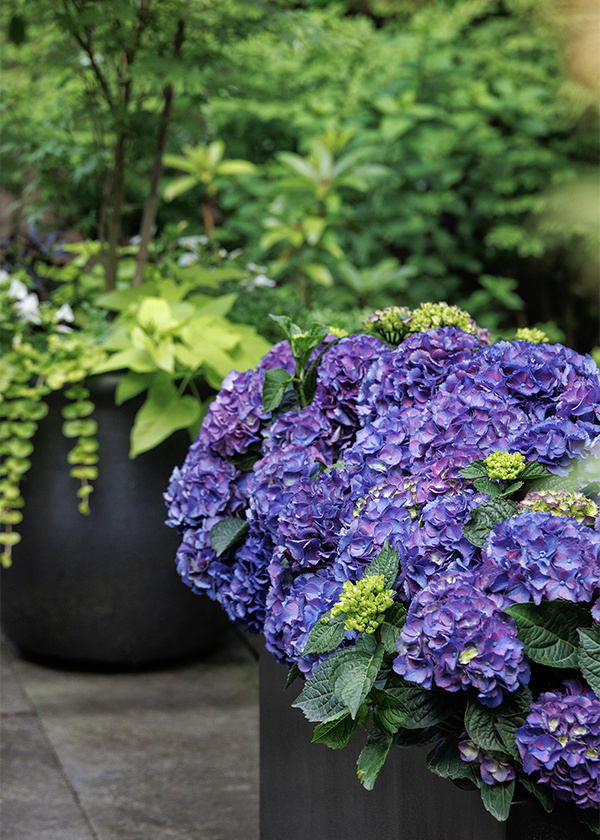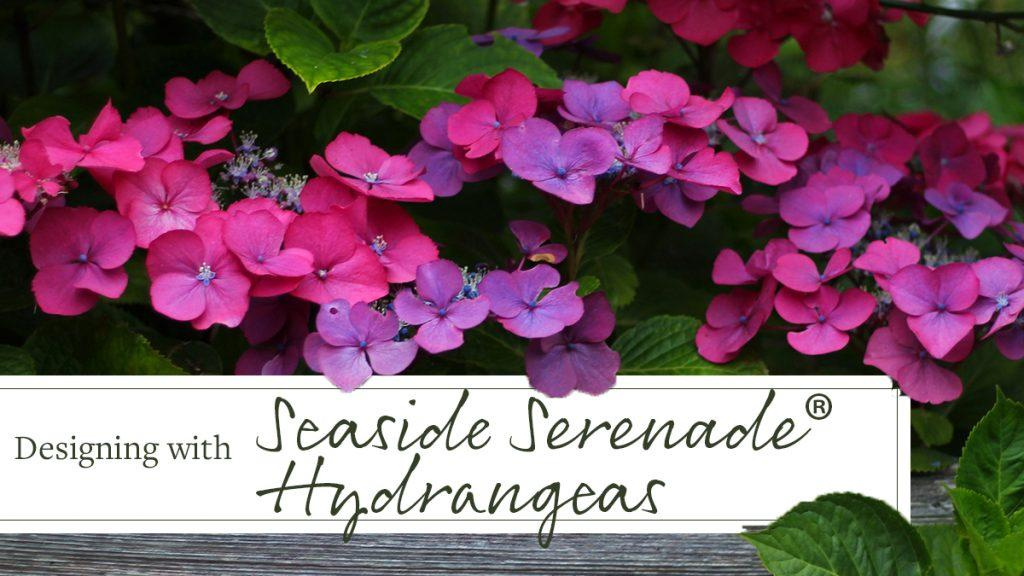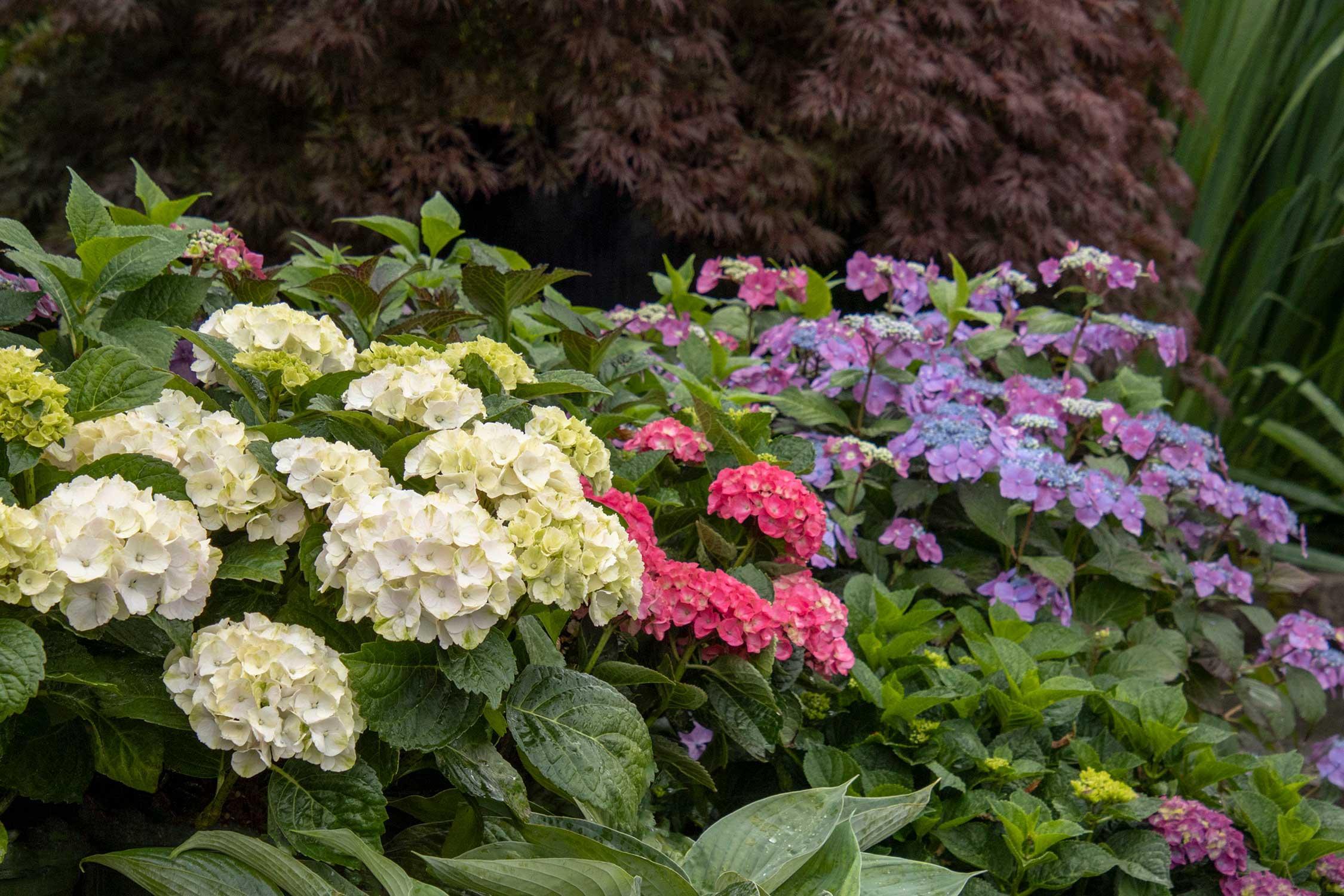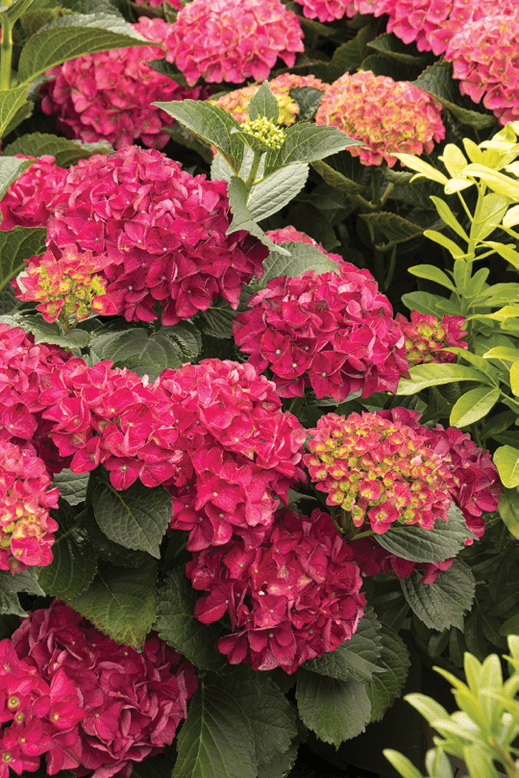Cape Hatteras Hydrangea: The Perfect Flower For Your Coastal Garden
If you're looking for a beautiful and hardy flower to add to your coastal garden, the Cape Hatteras hydrangea is a great choice. This variety is known for its large, ruby-red flower clusters that can add a touch of color to any landscape. Cape Hatteras hydrangeas are also relatively low-maintenance, making them a good option for busy gardeners.
In this blog post, we will take a closer look at the Cape Hatteras hydrangea, including its appearance, growing requirements, and care. We will also provide some tips on how to choose the right location for your plant and how to keep it healthy and thriving.
Appearance
Cape Hatteras hydrangeas are a relatively new variety, first introduced in 2012. They are characterized by their large, ruby-red flower clusters. The flowers are borne on old wood, so they will bloom even if the plant is pruned in the spring. Cape Hatteras hydrangeas can grow up to 3½ feet tall and 3 feet wide.
Growing Requirements
Cape Hatteras hydrangeas are hardy in zones 4-9. They prefer full sun to partial shade and moist, well-drained soil. The soil pH should be neutral to slightly acidic. Cape Hatteras hydrangeas are not as susceptible to powdery mildew as some other varieties, but they may still be affected by this disease. To prevent powdery mildew, water the plant at the base and avoid getting the leaves wet.
Care
Cape Hatteras hydrangeas are relatively low-maintenance plants. They do not need to be fertilized often, but a light application of fertilizer in the spring will help to promote flowering. Cape Hatteras hydrangeas should be watered deeply and regularly, especially during hot, dry weather. To protect the plant from winter cold, you may need to mulch around the base of the plant.
Choosing the Right Location
When choosing a location for your Cape Hatteras hydrangea, consider the amount of sunlight the area receives. These plants prefer full sun to partial shade, but they can tolerate some direct sunlight. The soil should also be moist but well-drained. If you have sandy soil, you may need to add some compost or other organic matter to improve drainage.
Keeping Your Plant Healthy
To keep your Cape Hatteras hydrangea healthy, it is important to water it regularly, especially during hot, dry weather. You should also fertilize the plant in the spring with a light application of fertilizer. To prevent powdery mildew, water the plant at the base and avoid getting the leaves wet.
If you notice any signs of pests or diseases, you should treat the plant immediately. Cape Hatteras hydrangeas are relatively resistant to pests and diseases, but they can still be affected by some problems. To prevent pests and diseases, you can spray the plant with a neem oil solution or insecticidal soap.
Conclusion
Cape Hatteras hydrangeas are beautiful and hardy plants that can add a touch of color to any coastal garden. They are relatively low-maintenance, making them a good choice for busy gardeners. If you are looking for a new flower to add to your garden, the Cape Hatteras hydrangea is a great option.
FAQ of cape hatteras hydrangea
Question 1: What are the different colors of Cape Hatteras hydrangea?
Answer: Cape Hatteras hydrangea can bloom in a variety of colors, including blue, pink, purple, and white. The exact color of the blooms will depend on the soil pH, with acidic soils producing blue blooms and alkaline soils producing pink blooms. You can also change the color of the blooms by adding aluminum sulfate to acidic soils or lime to alkaline soils.
Question 2: How big do Cape Hatteras hydrangeas get?
Answer: Cape Hatteras hydrangeas can grow up to 6 feet tall and wide. They are a deciduous shrub, meaning they lose their leaves in the winter.
Question 3: When do Cape Hatteras hydrangeas bloom?
Answer: Cape Hatteras hydrangeas bloom in the summer, from June to August.
Question 4: How much sun do Cape Hatteras hydrangeas need?
Answer: Cape Hatteras hydrangeas need full sun to partial shade. They will tolerate some shade, but they will not bloom as well in full shade.
Question 5: How do I care for Cape Hatteras hydrangeas?
Answer: Cape Hatteras hydrangeas are relatively easy to care for. They need regular watering, especially during the summer months. They also benefit from being fertilized in the spring and fall. To prevent the spread of disease, it is important to deadhead the blooms after they have finished blooming.
Image of cape hatteras hydrangea
- Cape Hatteras Hydrangea in full bloom. The flowers are a beautiful shade of blue, and they cascade down the branches of the plant.

- Close-up of Cape Hatteras Hydrangea flowers. The flowers are made up of many small petals, and they have a delicate beauty.

- Cape Hatteras Hydrangea growing in a garden. The plant is surrounded by other flowers and greenery, and it adds a touch of beauty to the garden.

- Cape Hatteras Hydrangea in the fall. The leaves of the plant turn a beautiful shade of red and orange in the fall, and the flowers add a splash of color.

- Cape Hatteras Hydrangea as a cut flower. The flowers can be cut and used in arrangements, and they will add a touch of elegance to any space.

Post a Comment for "Cape Hatteras Hydrangea: The Perfect Flower For Your Coastal Garden"